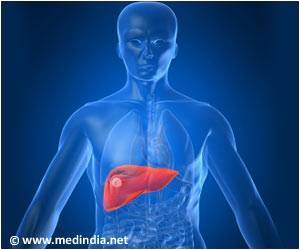
‘A new understanding of the complex cellular machinery that animal and fungi cells use to ensure normal cell division has been offered by a study.’
Tweet it Now
A study published today offers a new understanding of the complex
cellular machinery that animal and fungi cells use to ensure normal cell
division, and scientists say it could one day lead to new treatment
approaches for certain types of cancers.The research revealed a totally unexpected behavior about a "motor" protein that functions as chromosomes are segregated during cell division. The findings were published in Nature Communications.
The work was led by Weihong Qiu, an assistant professor of physics in the College of Science at Oregon State University, in collaboration with researchers from Henan University in China and the Uniformed Services University of the Health Sciences in Maryland.
In this study, researchers focused on a particular motor protein, called KlpA, and used a high-sensitivity light microscopy method to directly follow the movement of individual KlpA molecules on the cytoskeleton track. They discovered that KlpA is able to move in opposite directions - an unusual finding. KlpA-like motor proteins are thought to be exclusively one-way vehicles.
The researchers also discovered that KlpA contains a gear-like component that enables it to switch direction of movement. This allows it to localize to different regions inside the cell so it can help ensure that chromosomes are properly divided for normal cell division.
Advertisement
"It's becoming clear that KlpA-like motors in humans are crucial to cancer cell proliferation and survival. Our results help better understand other KlpA-like motor proteins including the ones from humans, which could eventually lead to novel approaches to cancer treatment."
Advertisement
"KlpA is a fascinating motor protein because it is the first of its kind to demonstrate bidirectional movement," Qiu said. "It provides a golden opportunity for us to learn from Mother Nature the rules that we can use to design motor protein-based transport devices. Hopefully in the near future, we could engineer motor protein-based robotics for drug delivery in a more precise and controllable manner."
Source-Eurekalert










